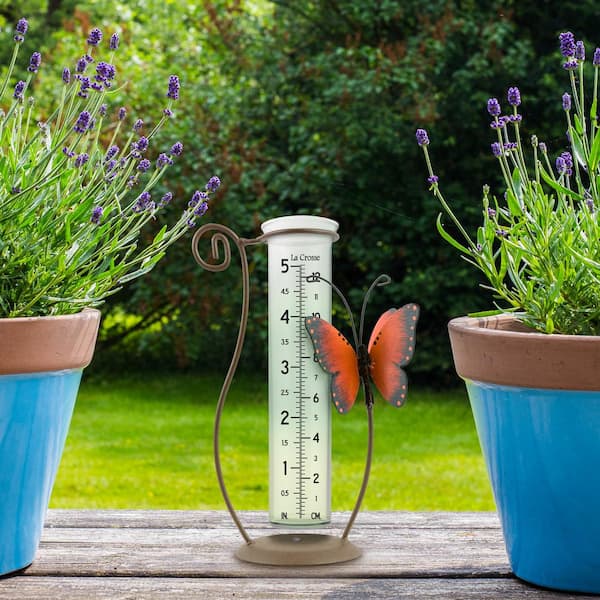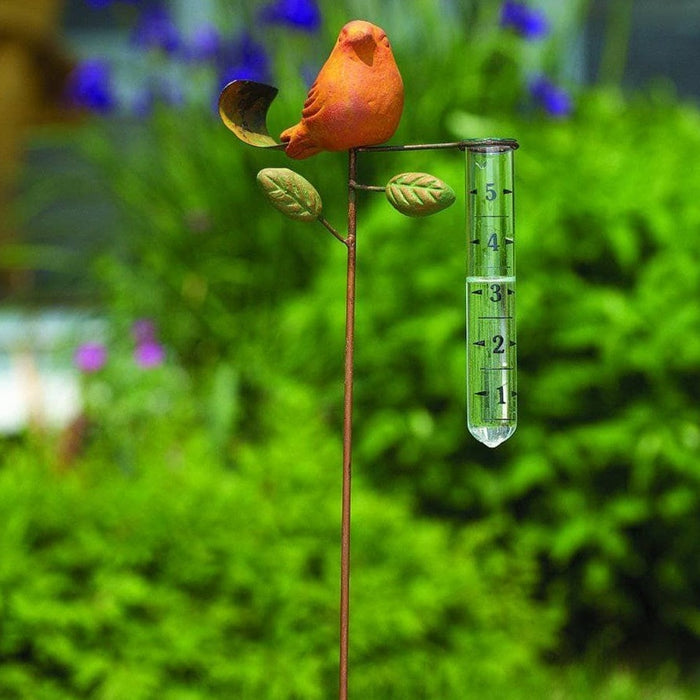The Rain Gauge: Necessary Information and Ideal Practices for Weather Fanatics
The Rain Gauge: Necessary Information and Ideal Practices for Weather Fanatics
Blog Article
How to Select the Right Rain Gauge for Accurate Rainfall Information
To acquire reliable measurements, it is vital to pick the ideal rain scale. Thinking about factors such as area, type, and accuracy of the rainfall scale will certainly assist make certain accurate data collection. Additionally, comprehending the maintenance and calibration treatments will certainly add to the longevity and reliability of your rainfall gauge.
Relevance of Choosing the Right Rainfall Gauge
The value of selecting the best rain gauge depends on getting trustworthy and accurate rains information for exact meteorological evaluation. Rainfall information is critical for a vast array of applications, consisting of climate projecting, hydrological modeling, and environment study. Unstable or imprecise information can bring about wrong conclusions and flawed decision-making processes.

Secondly, the precision and accuracy of the rain scale are paramount. The gauge needs to have the ability to determine rains with high precision, catching even little quantities of precipitation precisely. It ought to additionally decrease errors as a result of evaporation, wind, and various other ecological variables. Routine calibration and maintenance are important to guarantee ongoing precision.
Moreover, the area and setup of the rain scale are vital considerations. It ought to be placed in an open area, away from blockages that could affect rains measurements. The scale needs to be positioned at an appropriate elevation and angle to prevent splashing and ensure proper catchment of rain.
Aspects to Take Into Consideration When Selecting a Rain Scale
When picking a rainfall gauge, there are numerous key aspects to consider. These factors can significantly impact the precision and reliability of the rains information accumulated. The first variable to think about is the sort of rain gauge. There are various kinds readily available, consisting of basic rain assesses, tipping bucket rainfall gauges, and evaluating rainfall evaluates. Each kind has its own benefits and disadvantages, so it is essential to pick one that best fits your details demands and demands.
One more factor to think about is the product of the rainfall scale. Rainfall gauges can be made from numerous products, such as glass, plastic, or steel. The product selected must be resilient and resistant to climate condition, making sure that the rain gauge will certainly withstand the aspects and offer exact measurements with time.
Accuracy is also an important element to consider. Look for rainfall assesses that have actually been calibrated and evaluated for precision. Functions such as anti-splash rings and funnels can additionally enhance the precision of the dimensions.

Lastly, think about the environment and setting in which the rainfall scale will be made use of. Different rain determines are suitable for different environments, so it is essential to choose one that is suitable for the conditions in your location.
Various Sorts Of Rain Gauges Offered
To even more discover the factors to consider when selecting a rainfall scale, it is essential to comprehend the various types of rain determines offered. The most usual kind is the common rain scale, likewise understood as the cylindrical rainfall scale.
One more kind of rainfall gauge is the tipping pail rainfall gauge. As the rain falls right into the scale, it fills up one side of the container, causing it to clear the water and tip.
A 3rd kind of rainfall gauge is the weighing rain gauge. This scale uses an equilibrium system to determine the weight of the gathered rainfall. As the rain drops right into the gauge, it is accumulated in a container attached to a balance. The weight of the water is measured, and the rains quantity is determined based upon the weight. Considering rain assesses are extremely precise however can be more expensive and require normal maintenance.
Ultimately, there are also remote rain determines that use progressed technology to gauge rains (The Rain Gauge). These gauges use sensors and transmitters to send information wirelessly to a central system. Remote rainfall evaluates are practical for keeping an eye on rainfall in hard-to-reach locations or for massive data collection
Exactly How to Identify the Precision of a Rainfall Scale
One means to examine the precision of a rain scale is by performing routine calibration dimensions. Calibration entails comparing the analyses of a rain scale to a basic measurement, such as a certified rain gauge or a weather station with high accuracy. By contrasting the dimensions, any kind of discrepancies or mistakes in the rainfall gauge can be identified and accounted for.
To carry out a calibration measurement, beginning by collecting rainfall data from both Visit Website the rainfall scale and the basic dimension device over a particular amount of time, such as a month. Contrast the analyses and determine the difference between them. This difference is referred to as the calibration mistake.
It is essential to keep in mind that calibration dimensions must be executed consistently, as environmental factors, such as debris, temperature level, and wind, can influence the accuracy of the rain scale with time. By carrying out regular calibrations, any kind of adjustments in the accuracy of the rainfall gauge can be identified and modifications can be made accordingly.
In addition to calibration, it is likewise suggested to tidy and keep the rainfall gauge frequently to ensure its accuracy. Remove any kind of debris or blockages that may influence the precision of the measurements, and look for any type of signs of damages or put on that might call for repair work or replacement.
Tips for Preserving and Adjusting Your Rainfall Scale
Routine upkeep and calibration are crucial for making certain the accuracy and reliability of your rainfall scale in gauging rains information (The Rain Gauge). By complying with a couple of simple pointers, you can make certain that your rain gauge is effectively preserved and calibrated
To start with, it is vital to cleanse your rainfall scale regularly to stop any debris or dust from this website blocking the rain collection mechanism. Utilize a light detergent and a soft brush to delicately clean the inside and beyond the scale. Rinse it thoroughly with clean water and enable it to completely dry entirely prior to reinstalling it.
Second of all, it is recommended to adjust your rainfall scale a minimum of yearly. Calibration entails contrasting the measurements of your rain gauge with those of a relied on and accurate referral gauge. This will assist you identify and fix any kind of possible mistakes in your rain gauge's dimensions.
To adjust your rainfall gauge, gather a recognized quantity of water this content making use of a gauging container and compare it with the dimensions recorded by your rain scale. Readjust the readings as necessary to make certain accuracy.

Conclusion
In conclusion, selecting the right rainfall scale is essential for obtaining accurate rainfall data. Aspects such as purpose, place, and budget plan ought to be taken into consideration when picking a rainfall scale.
There are various types available, including standard rain determines, tipping bucket rain gauges, and evaluating rainfall gauges.To additionally explore the variables to take into consideration when choosing a rainfall gauge, it is important to understand the various kinds of rainfall evaluates offered. The most common type is the standard rain gauge, additionally known as the round rainfall gauge.Another type of rain gauge is the tipping bucket rain gauge. Calibration involves contrasting the analyses of a rain scale to a common dimension, such as a qualified rain scale or a weather terminal with high precision.
Report this page